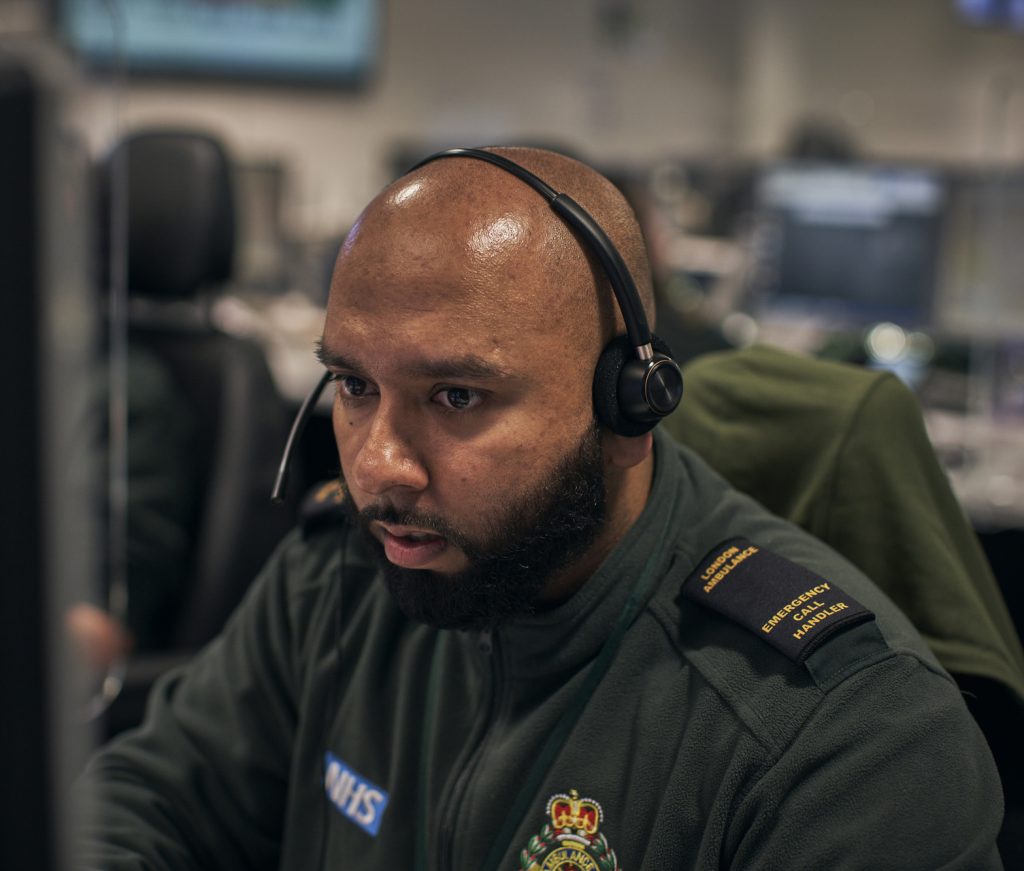London Ambulances Service reaches serious emergencies faster than last year
London Ambulance Service reached patients in need of urgent treatment more than eight minutes faster last month compared to July last year.

Known as ‘Category two’ calls, these emergencies include strokes, difficulty breathing and chest pains.
The improved response times are despite the Service facing some of its busiest ever weeks for demand this summer, with call handlers receiving over 12,200 more 999 calls in July 2025 – almost 400 more calls a day and an increase in nearly 7 % of 999 call volumes – compared to July 2024.
The Service also met its target in July for reaching the most seriously ill or injured patients – known as ‘Category one’ calls – in under seven minutes, according to monthly performance figures published today.
Jason Killens KAM, Chief Executive at London Ambulance Service, said:
“These figures are testament to the hard work of our incredible operational colleagues to do everything they can to make more clinicians available on shift for our sickest and most seriously injured patients across London.
“I recognise that there is more work to do, but these promising response times for patients show that our work to treat more patients over phone, improve our processes, and working closely with our NHS partners in the capital is paying off.
“Our people have really focused on getting to our sickest patients even faster despite the challenging backdrop of further demand on the NHS.”
Clinicians at London Ambulance Service’s clinical hub use ‘hear and treat’ over the phone to provide expert assessments and clinical oversight to refer patients to the most appropriate care pathway and avoid people going to busy hospitals when it’s not necessary.
More than one in five London Ambulance Service patients are treated in this way, one of the highest rates in the country.
In July 2025, 27,500 Londoners were treated over the phone by the Service’s clinicians to avoid unnecessary trips to hospitals compared to 22,700 during the same period last year – an increase of 21%.
ENDS
Notes to editors
*On average our Cat 1 were less than seven minutes and our response to Cat 2 calls were 30 minutes in July.
- Cat 1: 6 minutes and 56 seconds
- Cat 2: 30 minutes and 46 seconds
In July last year, our Cat 1 response was 7 minutes and 25 seconds and Cat 2 was 38 minutes and 54 seconds.
22.1% of London Ambulance Service patients were treated using ‘hear and treat’ in the year up to the end of March 2025 compared to 19.9% the previous year.
You can view the full Ambulance Quality Indicators Data 2024-25 on NHS England’s website here.

Follow us on social media: